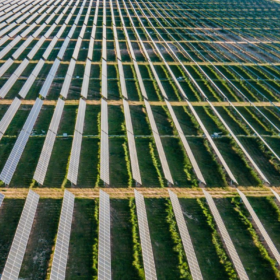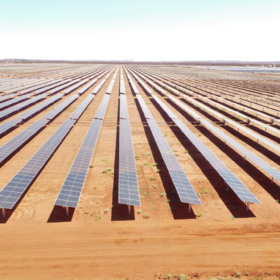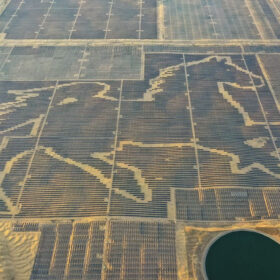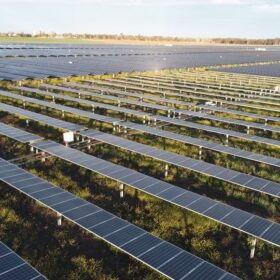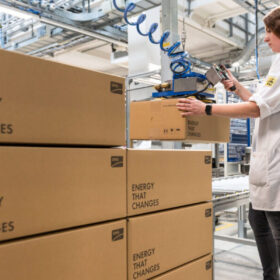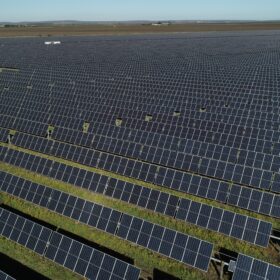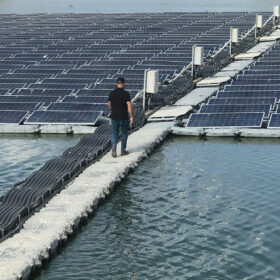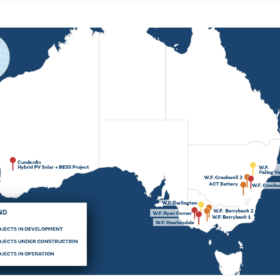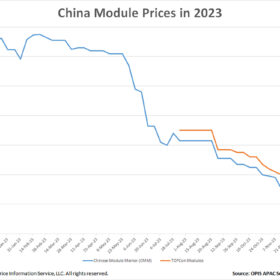Lightsource bp targets renewables growth after offloading solar farm portfolio
Solar developer Lightsource bp has declared that proceeds from the sale of five utility scale PV projects in Australia with a combined capacity of more than 1 GW will be used to fast track the development of a pipeline of projects across the wider Asia Pacific region.
Solar’s ‘success story’ could soon be over, says SolarPower Europe
European Union member states have installed a “record-breaking” 56 GW of PV over the last 12 months – consistent with the past three years of 40% year-on-year growth, according to SolarPower Europe. But the association warns that solar’s moment in the sun could soon be over, as energy prices stabilise and project interest rates skyrocket.
Weekend read: Famine to feast, China’s solar market in 2023
China’s solar industry rebounded in 2023 after years of pandemic-related sluggishness. As the year draws to a close, Vincent Shaw looks back at key highlights of 2023 and considers the prospects for 2024.
AEMO calls for urgent action in updated energy plan
Australia’s independent energy markets and power systems operator has warned urgent investment in generation, firming and transmission is needed with forecasts showing the National Electricity Market needs to almost triple its installed capacity in less than 30 years.
SMA to build 3.5 GW inverter factory in US
SMA Solar Technology AG says it will open a new 3.5 GW inverter factory at an unspecified location in the United States in 2025. The German manufacturer is currently talking with several US states and potential partners to select the best production site.
ACEN to boost Australian renewables projects with new investment
Philippines-based energy company ACEN Corporation plans to bolster its renewable energy initiatives in Australia after sealing a $75 million green term loan facility that will help fund the delivery of an 8 GW portfolio of solar, wind, battery storage and pumped hydro projects.
Telstra adds new solar farm to renewable energy commitment
Australia’s largest telecommunications provider, Telstra, is a step closer to its goal of enabling renewable energy generation equivalent to 100% of its consumption by 2025 after inking a new 153 GWh solar offtake agreement with Global Power Generation.
Australian firm developing 700 MW floating solar, 1.5 GWh battery, in Sri Lanka supported by government PPA
Victorian company United Solar Group, which is developing a floating 700 MW solar and 1.5 GWh battery project at the Poonakary Lake in Kilinochchi, Sri Lanka, has had a Power Purchase Agreement approved by the Sri Lankan cabinet.
$4 billion expected from sale of Naturgy’s 1.3 GW portfolio-holder GPG Australia
Major Australian renewable energy portfolio holder Global Power Generation Australia, jointly owned by Spain’s Naturgy and an arm of the Kuwait Investment Authority, is reportedly going up for auction early next year.
China module prices slide to new lows, manufacturers cut production
In a new weekly update for pv magazine, OPIS, a Dow Jones company, provides a quick look at the main price trends in the global PV industry.
